









































Chapel Hill, NC

Mt Carmel Church Rd







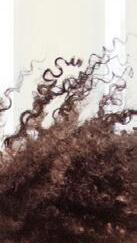



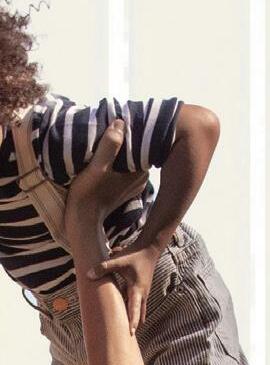
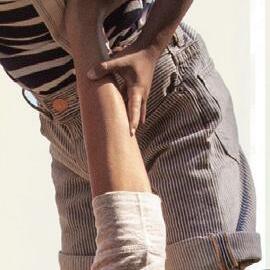
















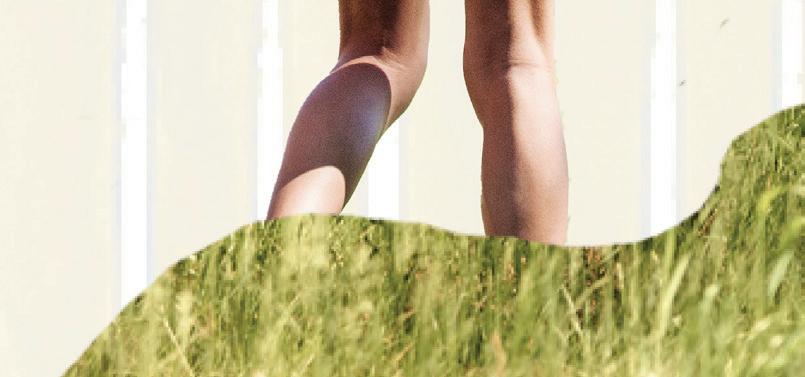







e North Carolina Children’s Museum envisions its future on the rolling hills, open elds and forest’s edge at its new property located on Mount Carmel Church Road in Chapel Hill. e site is bursting with potential, opening doors to boundless, whole-life learning experiences. We envision this place centered around connections—connections to the land, connections to our community, connections to innovative research and best practice in early childhood education, and connections to every person’s imagination & sense of wonder. is is an opportunity to curate a children’s museum that is recognized across North Carolina, the Southeast, and the entire nation.







NC deserves a state of the art children’s museum serving its youngest citizens, their families, educators and researchers.
NC is a global pioneer in early childhood education




NC is the home of the country’s rst public university
















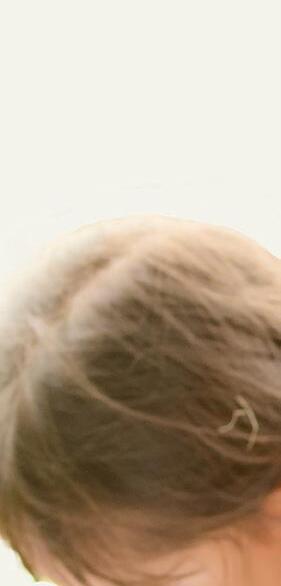








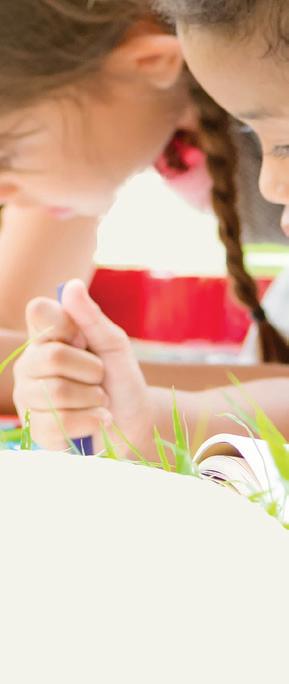
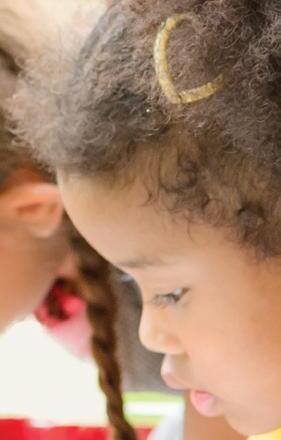



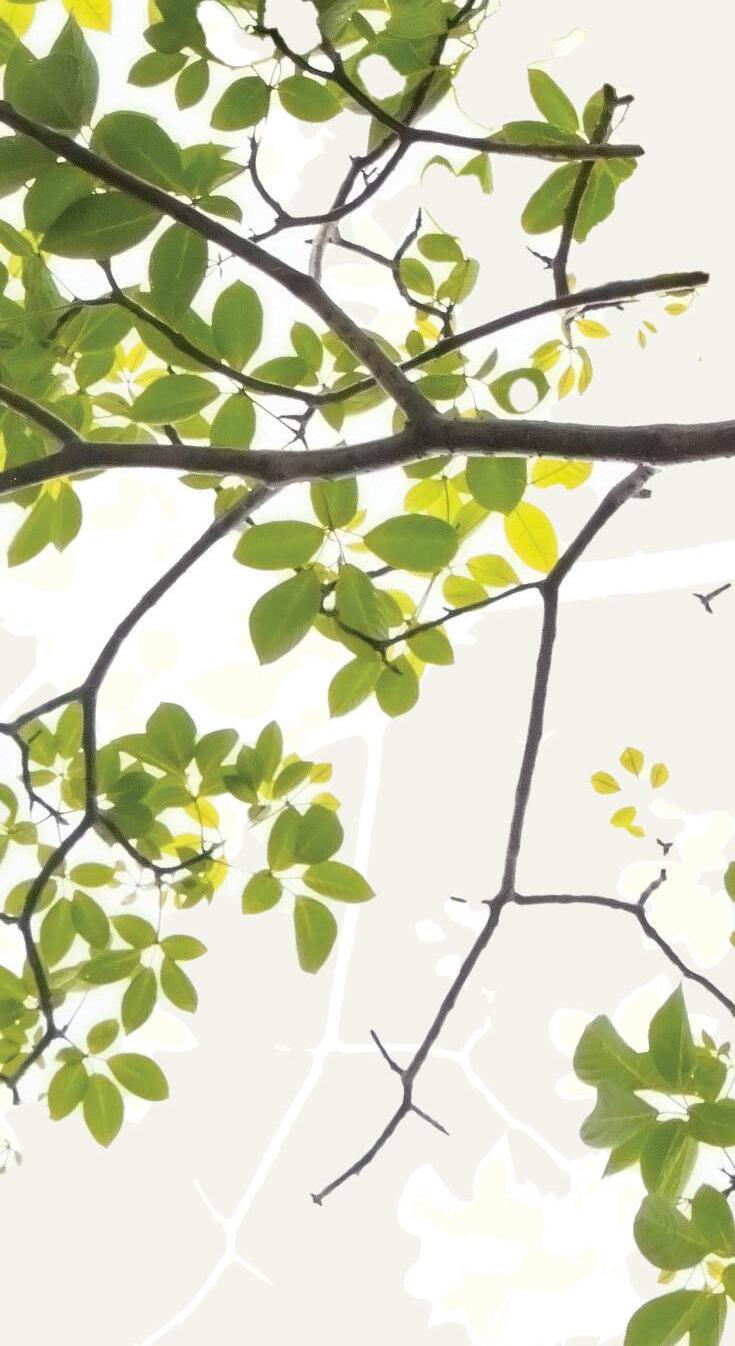
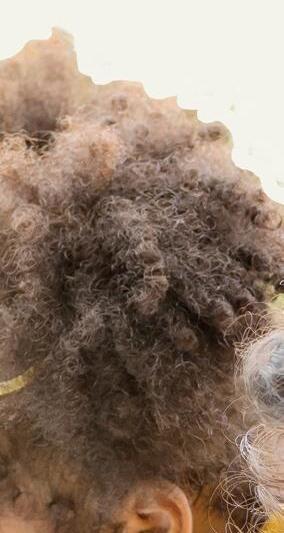
















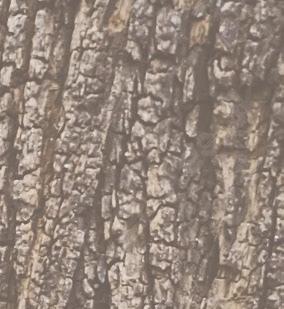


















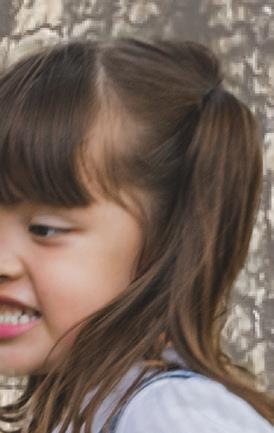













































We aim to embrace the beauty of the natural environment to create experiences true to the land it sits on. We aim for outdoor spaces to be a prominent part of the experience, incorporating tree houses, canopies and trails. In addition, we also aim to bring the beauty of the natural environment into the buildings with spaces lled with natural light, views to the surrounding landscape, breezes of fresh air and plants. is project will be de ned by a sustainable and resilient approach to building which integrates with the site and improves the environment. We also aim to tell the story of the land throughout, educating visitors about the people and wildlife that have and had inhabited this place and how that weaves into the statewide story of North Carolina.









Be a connected asset to our schools and learning centers throughout the state through deep academic partnerships and innovative research
Recognizing the trauma that the COVID pandemic has had on this generation, we see a responsibility to re-engage people in a community setting and encourage those interactions on multiple scales. Within the museum, the families, children, educators and caregivers will be encouraged to interact through group collaboration, creation and shared experiences. We also aspire to highlight the relationship to the surrounding neighborhoods by emphasizing the physical and social connections to trails, parks, museums, artists, schools and learning centers throughout the state. We will reinforce connectivity statewide by leveraging our deep academic partnerships to bring measurable, state-wide impact on critical 21st century skill building for NC’s children and serve as a national model in the eld of informal learning. Merging the rigor of academic research with NC’s early learning policy can deliver informal learning experiences that are part of the educational ecosystem for the next generation.

Guide inclusive, life-long and life-wide learning at any age
Leading with the philosophy of constructivist selfdirected, experiential learning, we aspire to create continuous paths of discovery & ever-changing planes of exploration throughout this museum campus. Purposefully built for all ages, abilities and preferences, a variety of sensory areas will allow visitors to choose their own path and create an experience right for them. With sta there to guide this curiosity & learning of kids and caregivers alike, the museum will appeal to all who visit. We aim to mimic these educational experiences with virtual learning opportunities to extend our reach and inspire those both physically at the museum and beyond.














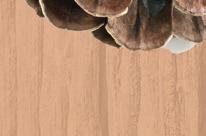
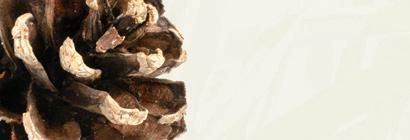










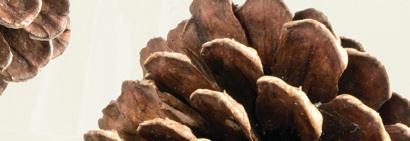












Conserve and enhance the site.
Build with the land. Don’t overpower it.
Preserve what is healthy and bene cial. Create a diverse range of outdoor experiences.


Integrate indoor and outdoor experiences.
Engage the senses by connecting interior spaces to the exterior.
Shape threshold experiences that blur the de nition of indoor and outdoor.
Be a local and statewide asset.
Bring measurable, state-wide impact on critical 21st century skill building for NC’s children by leveraging deep academic research partners.
Serve as a national model in the eld of informal learning. Create spaces for community, collaboration and shared experiences.
Connect to the surrounding area. Leverage partnerships for programming.
Inspire curiosity and wonder.
Create continuous paths of discovery and layers of exploration.
Spark imagination, creativity and curiosity.
Support self-directed experiences.


Be inclusive and accessible to everyone.
Provide a range of sensory experiences.
Enable visitors to choose paths that suit them. Provide in-person and virtual experiences. Create safe and welcoming spaces for all. Appeal to both children and adults.





Embrace new technologies.
Leverage the boundless qualities of the site.
Design for change.
Relentlessly design spaces for increased versatility.
Maximize usability of spaces.
Be exible and imagine future uses.

Create a new museum paradigm.

Make a bold yet thoughtful architectural statement that embodies these principles.
Apply research and best-practices to improve upon the traditional model.
O er unique, powerful learning experiences.




















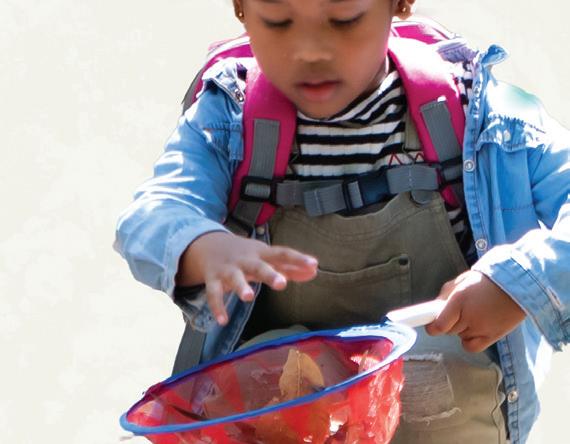










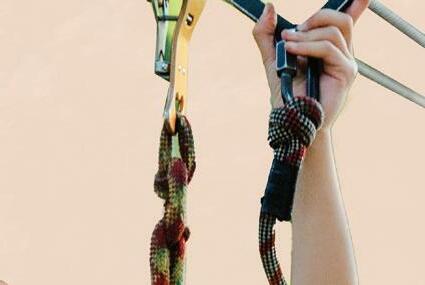






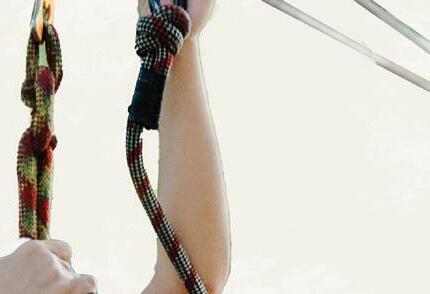






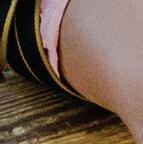






























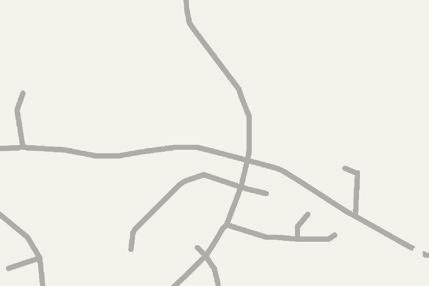
















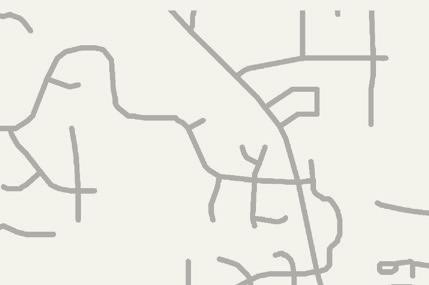
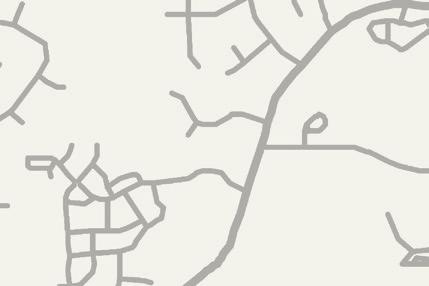

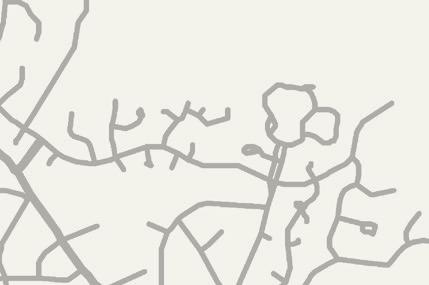






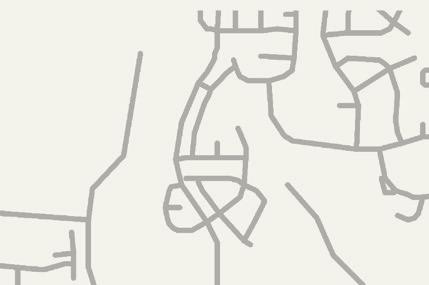

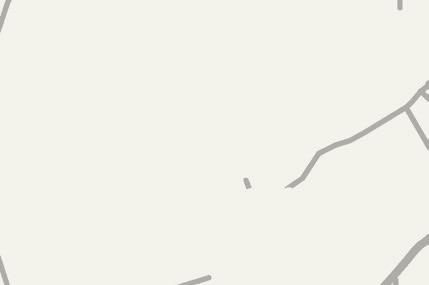

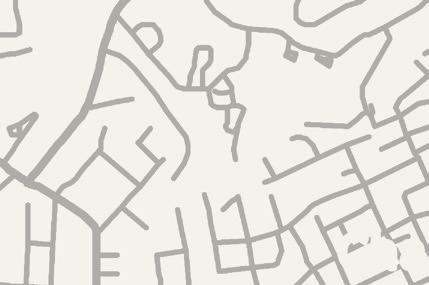
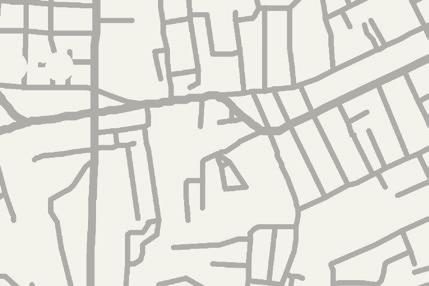
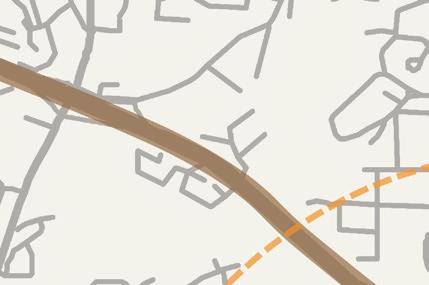

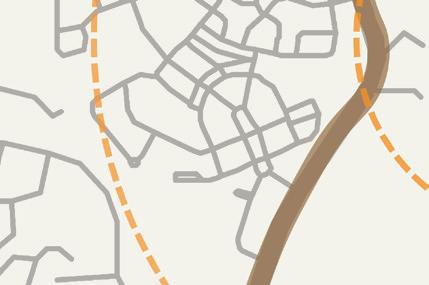



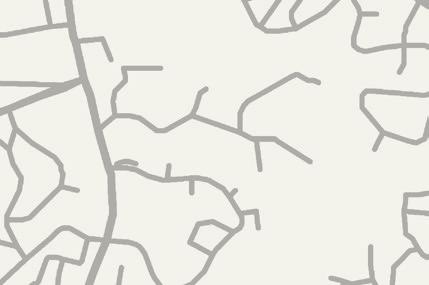


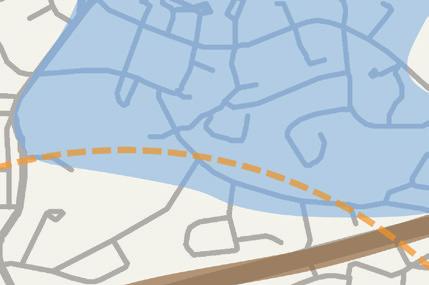
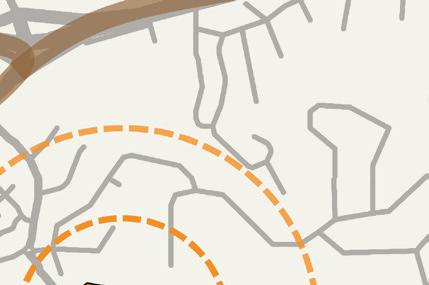



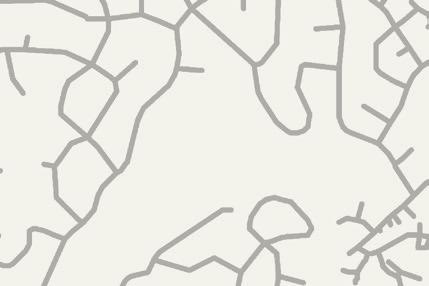

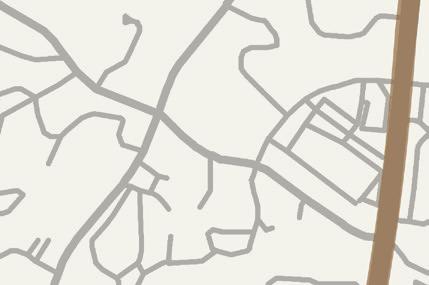
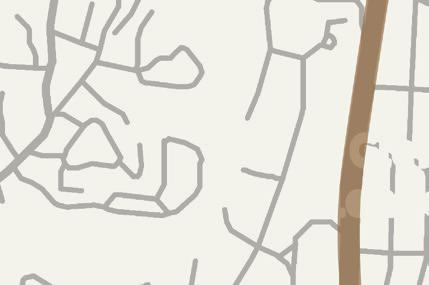






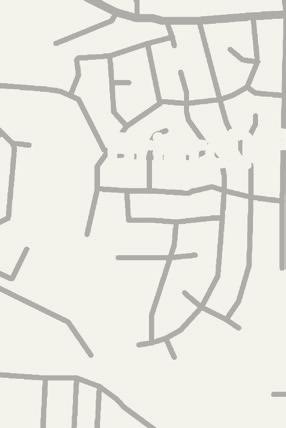













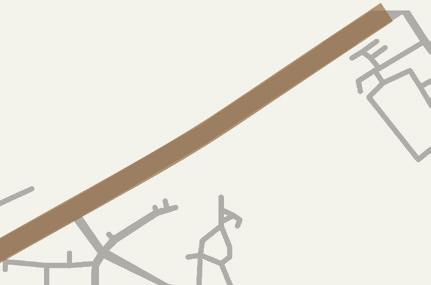
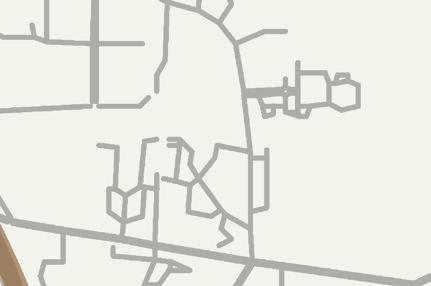
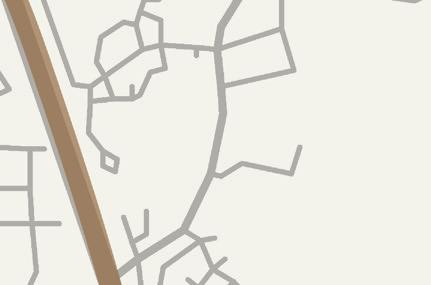

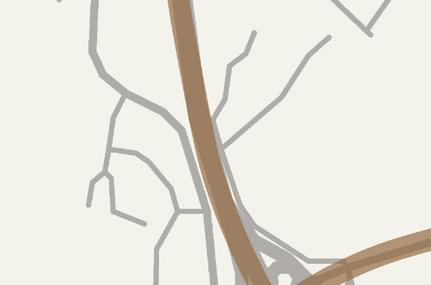








Located on Mt Carmel Church Rd in southern Chapel Hill, the site is accessible from Highway 54 and 15/501 near the Orange County—Chatham County line. is beautiful property is less than one mile from Southern Village and approximately 1.5 miles from the center of UNC’s campus. Neighborhood trails provide a walkwable connection to the NC Botanical Gardens.

COPPER BEECH CT BEECHRIDGE
PROPERTY LINE
Developable Area

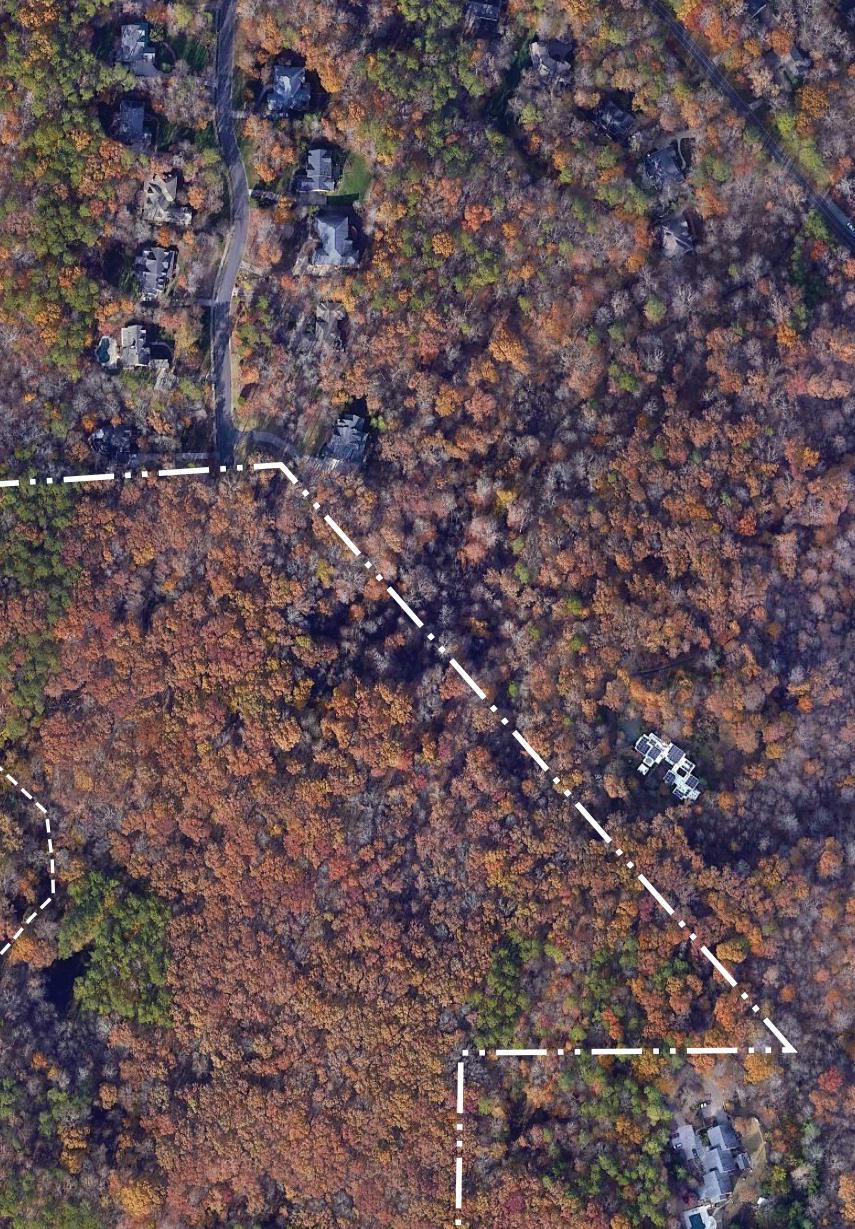
Conservation Area
Total Site Area 47 acres
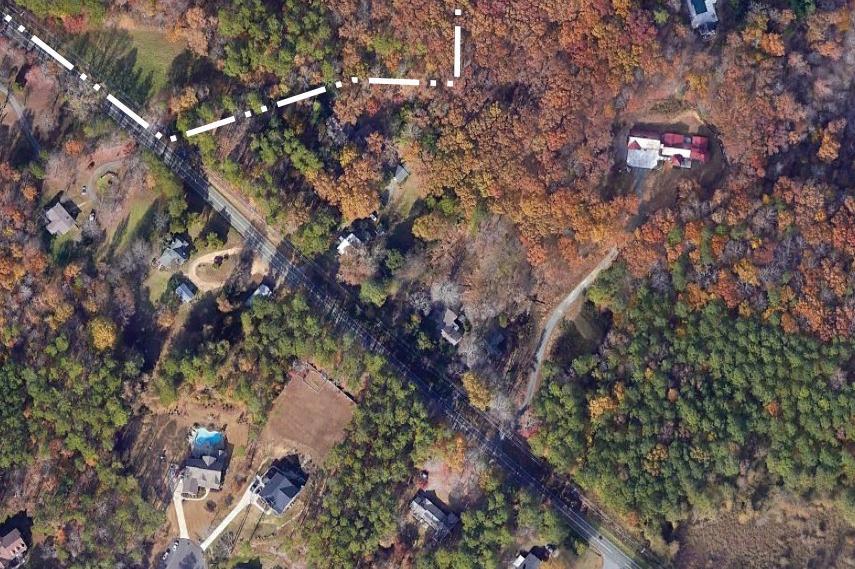


e museum has dedicated 43 of the 47 acres to conservation as part of the site acquisition process, leaving ample site area for potential development of museum facilities, parking and site amenities. e area surrounding the site is mostly residential and generally wooded.

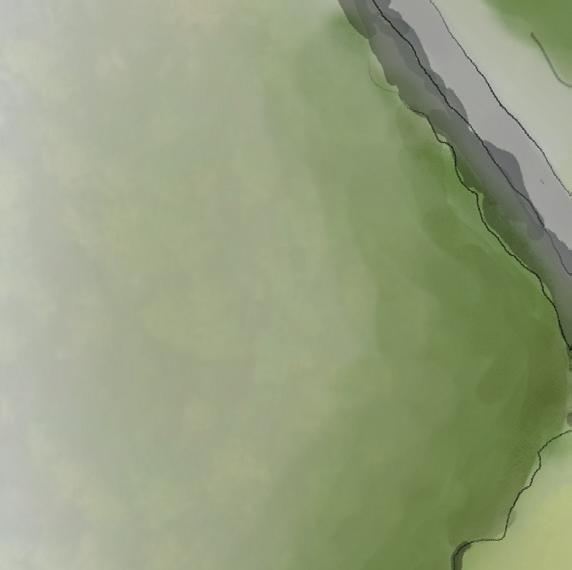

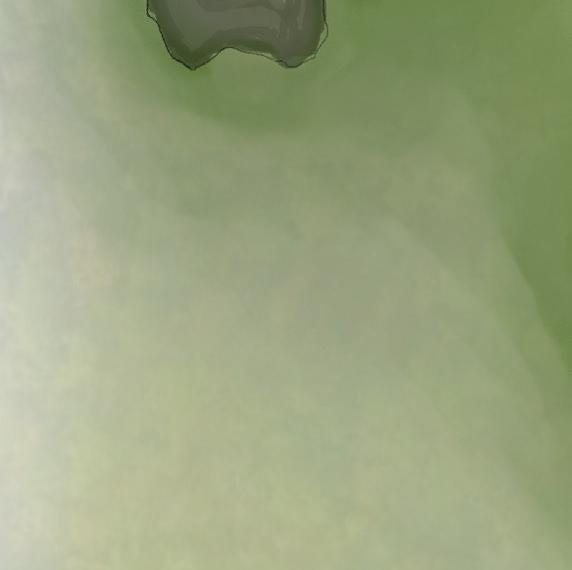






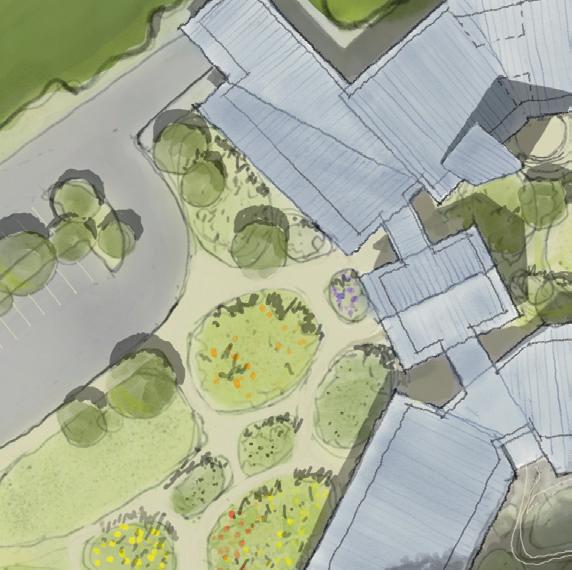
















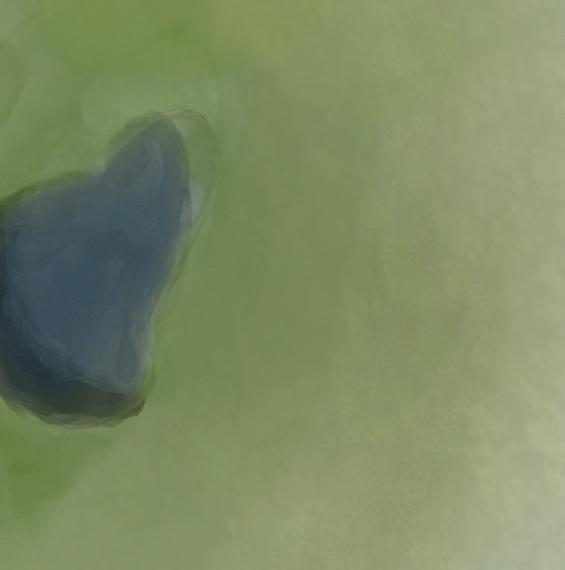




e museum is envisioned as a campus where smaller building are organized around central, shared spaces. e concept is responsive to the site conditions—preserving and enhancing views to the forest, creating central shared spaces where the site is at and stacking spaces to take advantage of the topography while providing intentional separation of younger and older kids’ spaces. Younger kids’ spaces are organized on the main level, along the north side of the central lawn while older kids’ spaces are on the lower level, south of the lawn. Parking anks the front lawn, providing optionality and convenience while prioritizing an arrival experience that engages the senses. Parking
Farm-To-Fork Gardens
Main Entry
The Eatery Cafe
Indoor Maker Space, older kids (below)
Outdoor Maker Space, older kids Early Learning Resource Center


1
2
Enhancement of the site
e rst impression is inviting and scaled down in a way that defers to the beauty of the natural environment. e building does not overwhelm the site. Parking lots are shifted o center to maintain a pastoral entry.
Integrated indoor and outdoor experiences
Porches provide for a covered entry experience, and the wraparound porch at the Eatery gives visitors a range of views to enjoy food and drink.
Inclusive & accessible
3
Pathways from both parking lots and those that meander through the gardens are all intended to be universally accessible. Multiple lots allows visitors more choice for their experience.
A local and statewide asset
e building is scaled into smaller components expressive of each use. e central entry is anked by spaces that are public facing: e Early Learning Resource Center to the left and the Museum Store and Eatery to the right. 4


Enhancement of the site
e concept embraces the location of the existing barn to welcome visitors at the high point of the site. e geometry and positioning of the building maximizes indoor and outdoor experiences of the site.
Connections between exhibits and other programs move through thresholds and transition spaces to create moments of pause and engagement with the exterior through views, daylight and access.
statewide
e museum provides a diverse set of spaces—indoor and outdoor—to serve as a learning resource for children and families, be a early learning research hub and provide ample opportunities for community activities and events.
Designing for change is even more important after experiencing the COVID-19 pandemic. e concept of incorporating indooroutdoor spaces creates a museum that “breathes” and is more exible because of ample outdoor program space. e central lawn is intentionally exible for gatherings and collective learning opportunities for varying group sizes, ages and purposes. e Multi-purpose Room, located in the south wing, opens to the central lawn adding capacity for large events to expand inside or outside.
Creating spaces with intentional relationships to the natural environment—views elevated in the tree canopy or closer to the forest oor, light conditions that support visual art and working with food—allow the environment to be the third teacher in ways that inspire.


Enhancement of the site
e boundless quality of this site is evident just by walking onto it. e forest draws you in, asking to be expored. e concept for the new museum expands the territory of learning into the tree canopy with spaces to create, explore and enjoy.
From this vantage point, the amount of outdoor covered space becomes more evident. Using a strategy of vernacular forms and protected outdoor spaces, the museum increases its usable space and takes advanteage of the beauty of this place.
Leveraging the characteristics of the site, the museum embraces a diversity of spaces which creates distinction for the museum as a local and statewide asset.
Designing for change is even more important after experiencing the COVID-19 pandemic. e concept of incorporating indooroutdoor spaces creates a museum that “breathes” and is more exible because of ample outdoor program space. e central lawn is intentionally exible for gatherings and collective learning opportunities for varying group sizes, ages and purposes. e Multi-purpose Room, located in the south wing, opens to the central lawn adding capacity for large events to expand inside or outside.
North Carolina Children’s Museum
We
Early Learners w/ Caregivers
0-3 / 3-8 Years Old
Teachers / Educators
Lifelong Learners
Educators
Researchers
Adults
‘Tween & Teen Learners
8-14 Years Old
3




Welcome
Curated Learning
Maker Spaces
Visitor Support
Food / Flex Spaces
Nature
Outdoor Flex Water
Early Learners w/ Caregivers
Early Learning Environments
Arrival
Central Plaza
Outdoor Classrooms
Adaptive Outdoor Playscapes
Atelier
‘Tween & Teen Learners
Parking & Trails
Welcome Center Pavilion & Library
Greenhouse Classrooms
Playscapes
Lifelong Learners
Stroller Parking
Cafe
Multi-Purpose
Gardens
Great Oak Tree
Central Plaza
Nature Pavilion Lookouts
Meadow
Trails & Bridge
Creek & Pond
Stores
Maker Garage
Resource Library
Wellness
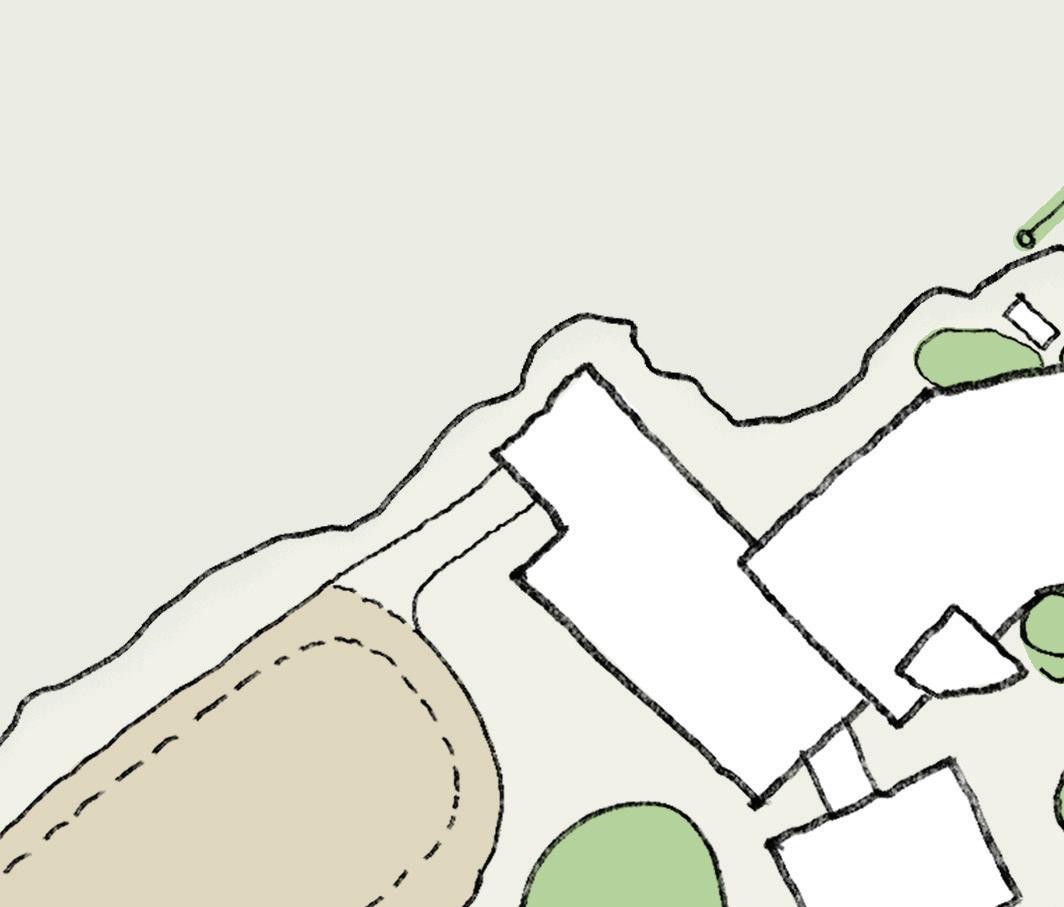




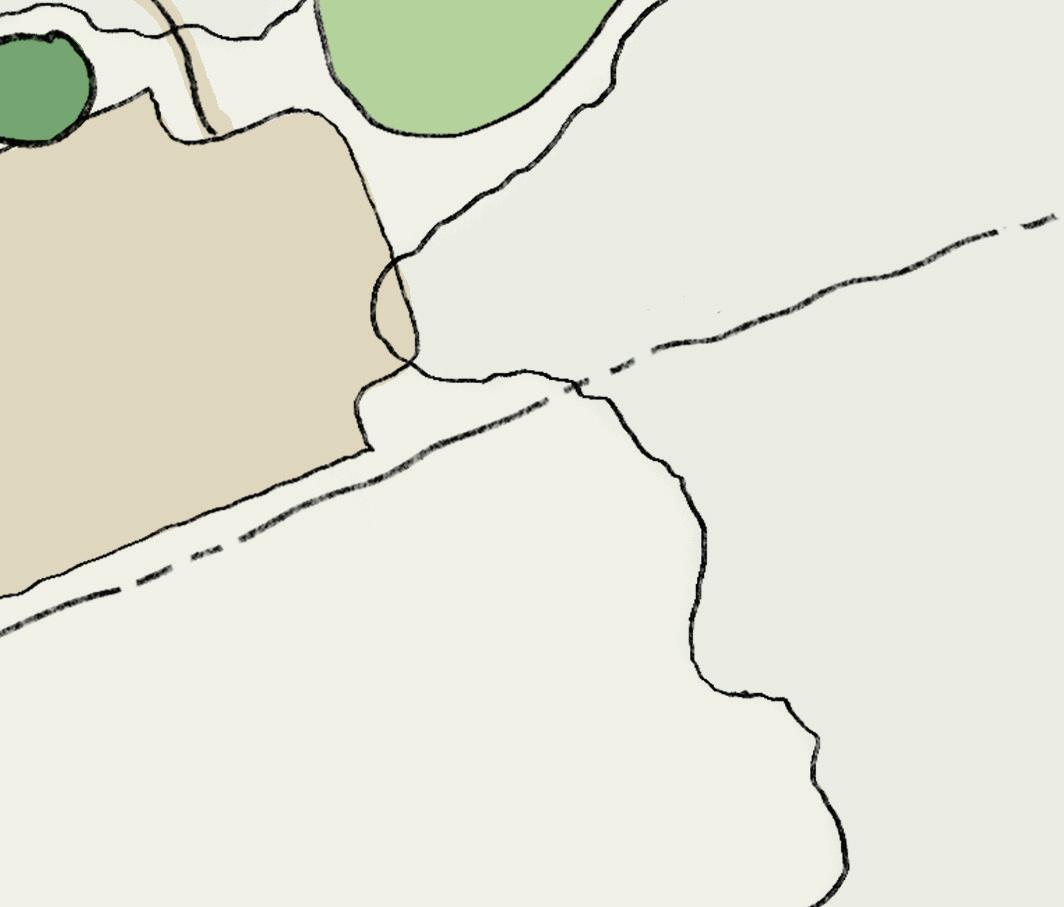

Southern Meadow
Nature Pavillion
Natural Ampitheatre
Art Shed
Sensory Garden
Indoor/Outdoor Green
Classroom
Nature Preserve
Tech Trails
Pond Lookout
Adventure Trails
Bridge
Great Front Lawn
Eco-Friendly Parking Lots
Great Oak Giving Tree
Early Learning Playscapes
Adapted Outdoor Play Structure + Climber
Early Learning Outdoor Classrooms








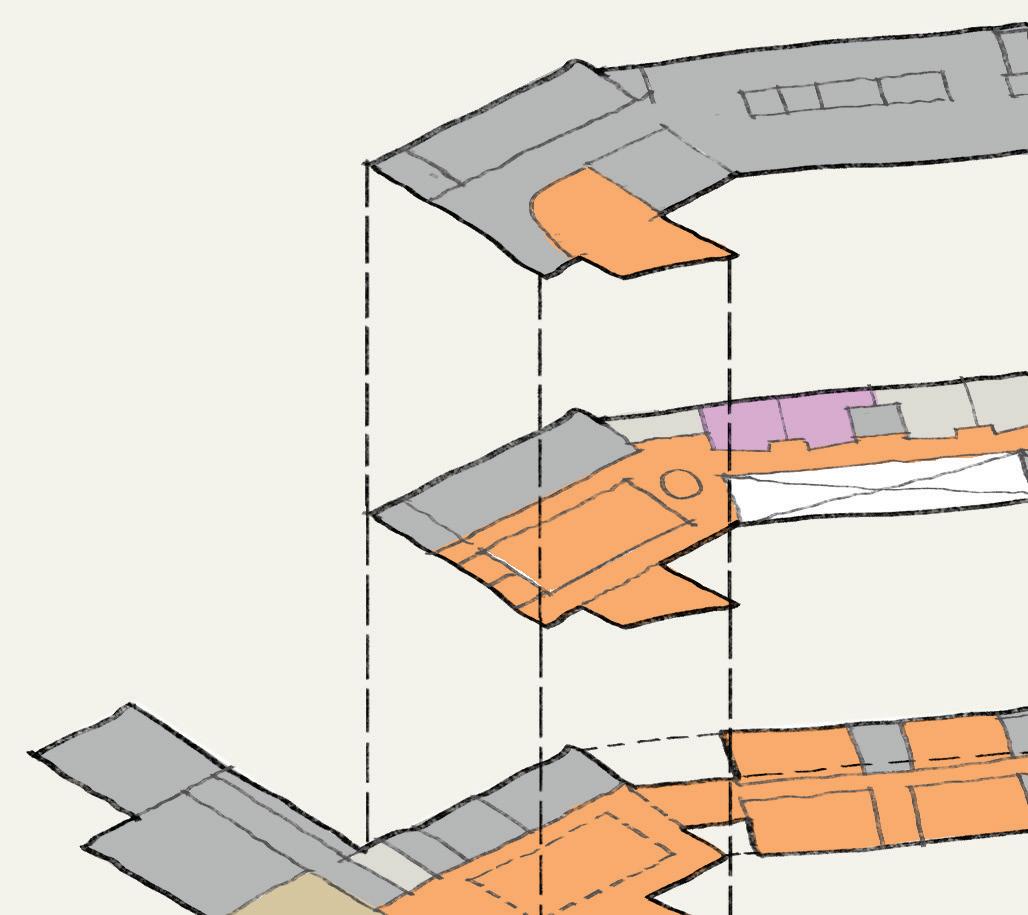





/
Early Learning Exhibits Concourse
Early Learning Greenhouse
Nest Exhibits
Atrium Climber
Early Learning Greenhouse Gallery Book Nooks
Early Learning Gallery
Early Learning Literacy Loft (Level 2)
Farm to Fork Exhibit
Early Learning CARE Hive
CARE Welcome Center & Library
Pavillion Lounge (Level 2)
Cafe
Multipurpose Great Hall and Event Space
Nest Atelier
Early Learning Atelier
Early Learning Makery
Nest Extension Classroom
Early Learning Classrooms
Early Learning Rest Nests
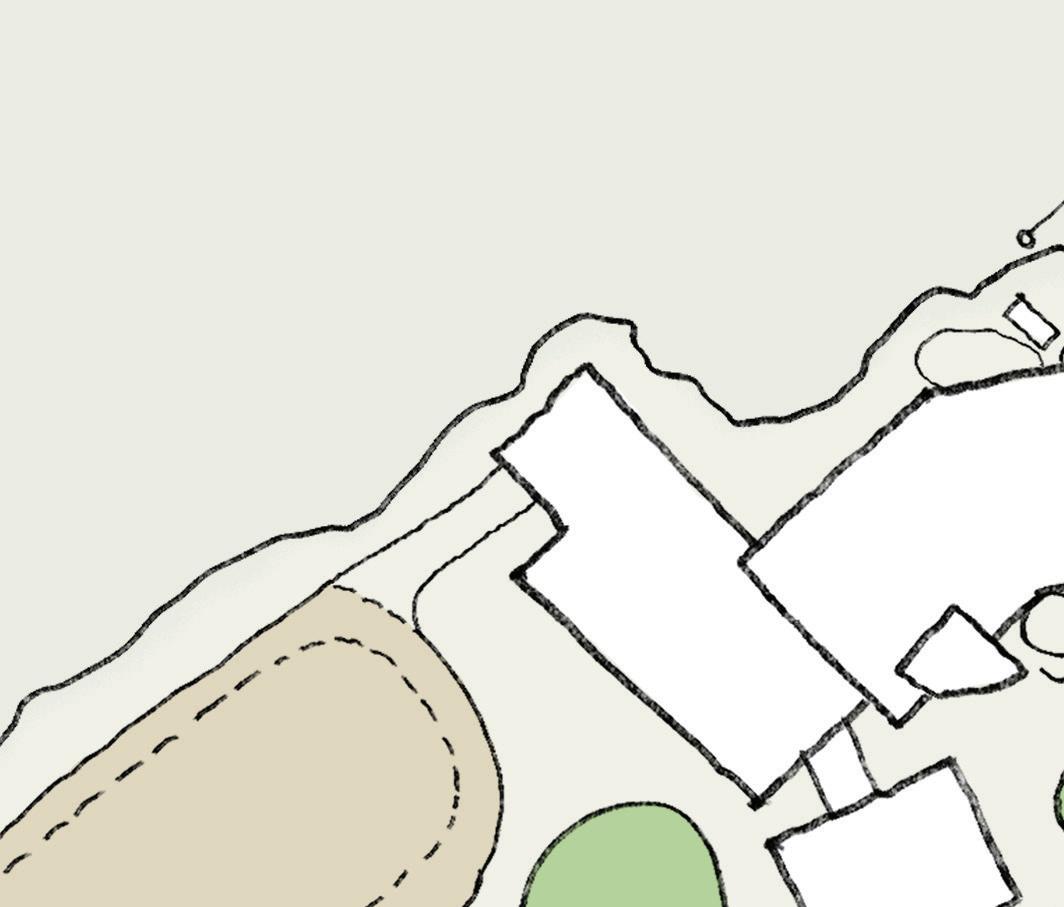






Southern Meadow
Nature Pavillion
Natural Ampitheatre
Art Shed
Indoor/Outdoor Green
Classroom
Nature Preserve
Tech Trails
Pond Lookout
Adventure Trails
Bridge


Great Front Lawn
Eco-Friendly Parking Lots
Great Oak Giving Tree
Central Plaza
Waterways
Gathering Gardens
Outdoor Adventure
Playscape











Digital Lab
Tween and Teen Lounge
Beat Lab Art Lab Museum Store
Farm to Fork Exhibit
Pavillion Lounge (Level 2)
Cafe
Multipurpose Great Hall and Event Space
Classroom
Hub







Southern Meadow
Nature Pavillion
Natural Ampitheatre
Art Shed
Indoor/Outdoor Green
Classroom
Nature Preserve
Tech Trails
Pond Lookout
Adventure Trails
Bridge


Great Front Lawn
Eco-Friendly Parking Lots
Great Oak Giving Tree
Central Plaza
Waterways
Gathering Gardens
Outdoor Adventure
Playscape


















e creative, hands-on play that takes place at the museum is so much more than fun. e Alliance for Early Childhood has described play as “the engine of learning in early childhood” and a vital force for a child’s physical, social and emotional development. e American Academy of Pediatrics has expressed alarm over the disappearance of play from children’s lives. e museum provides a joyful environment that celebrates the importance of play and provides intentional informal learning opportunities that o set decline in other areas of children’s lives.








High quality, playful educational experiences are especially important in children’s early years when an exceptional amount of brain development and learning takes place. Research has shown that quality early learning experiences boost children’s success in school and in life and yield tremendous social, emotional and even health bene ts.







Chilren’s museums are the fastest growing segment of the museum industry.
341
$440M


Children’s Museum members of the Association of Children’s Museums
5M
People served by children’s museums’ outreach each year
35% of children’s museums are agships in downtown areas
35M

Spent by children’s museums each year






Visitors welcomed by children’s museums each year

22 Countries are represented in ACM














“[Museums] are the cornerstone of informal education in North Carolina, and it takes both classroom and informal education to build 21st century skills… Museums are one of the primary institutions that help provide both local communities and the entire state with their shared identities, images, and what in the business world is known as ‘brand identity’—the foundation of economic prosperity.”



Children’s Museums are excellent platforms for developmental research and observation on how children learn. e NC Children’s Museum will engage in dynamic research practices, resulting in new ideas and new learning opportunities, not only locally but across the nation.




—Sharon Klutz, Secretary, NC Department of Cultural Resources





















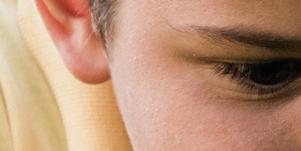








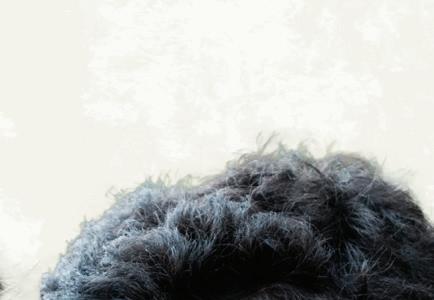









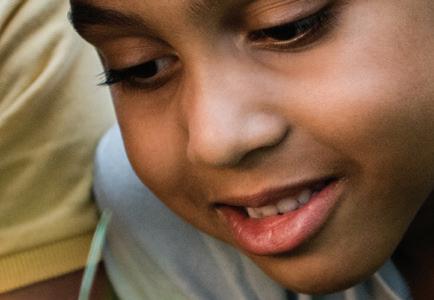

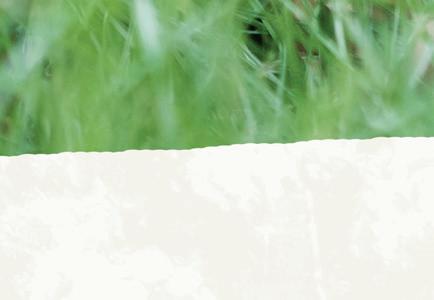








e museum will partner with universities across the state for joint appointments to bring research practices into the museum, and to make learning visible within the context of the museum experience— providing a uid research/practice/research continuum. e Museum will also seek to quickly develop formal partnerships with NC State University, e Friday Institute, ECU, Duke University and with the NC School for Science and Mathematics. Partnerships with NC Central University, AT&T, and with others will be developed over time.

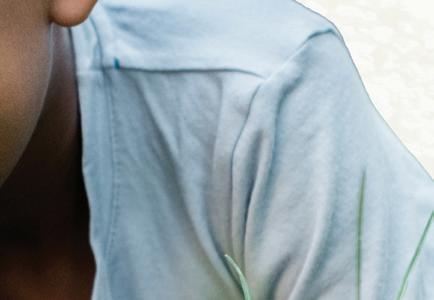

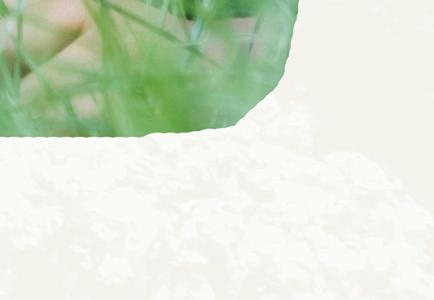

















e North Carolina Children’s Museum, an evolution of Kidzu Children’s Museum in Chapel Hill, is an experiential children’s museum with an emphasis on accessible early childhood learning and research. It is a center, that will have Mountains-to-the-sea and 100 county reach, of informal education for all learners— from children, youth, and families, to educators and researchers. e evolving museum will be a testing ground for new ideas about how learning works, in person and through virtual channels, and will work with technology and industry leaders throughout North Carolina to use homegrown technologies to educate all of our children. Leveraging partnerships with the entire UNC system, e Friday Institute for Research, the State of NC on policy and practice, and the local technology industry, we will extend engagement to pursue new questions and provide a platform to further the dialogue on learning theory and child development.
e museum seeks support and partnership with:

• Museum leaders across the state because the Museum will provide programming that other museums can use and be a stepping stone for museums geared to older audiences. In addition, the museum intends for close integration with, local technology and industry leaders.
• e complete UNC university system and North Carolina community colleges.
• Local Head Start locations with plans to grow the relationship statewide
e museum plans for virtual programming accessible statewide—in homes, schools, churches, libraries, other museums and community centers. is is a perfect model to add to the already robust NC Museum community.


Opening in 2006, Kidzu has served children, infant to tween, with developmentally appropriate exhibits, programs and activities addressing four broad themes: the arts and STEM/STEAM education, child and family health and wellness, emerging language and literacy, and environmental sustainability and stewardship.
Historically, we have served hundreds of thousands of visitors, including over 15% from low income children and families each year through open access days, EBT/ SNAP discounts, no cost eld trips for Early Smart Start classrooms, and scholarships for summer camp and fee-based programs.
We have maintained a roster of over 100 community partners from academic, creative, scienti c and civic sectors of the region, who collaborate with us on the development of programs, activities and large-scale initiatives – and who provide children and families access to real-world expertise.
Spending

We have supported area universities through management of up to 20 undergraduate and graduate internship and post-doc opportunities annually, through regular work study programs at UNC-CH to a variety of classroom collaborations with university academic departments at NC State, Duke, Central and WCU, among others.
We have served ESL and refugee families through programs and interpretive information translated into Spanish, Mandarin and Karen. We have maintained deep partnerships with cultural organizations serving these communities.
$8.2M
Estimated economic impact by visitors (in & out of county)
Based on 200K total visitors per year (125K in-county visitors, 75K out-of-county visitors)
Employment & Revenue
156
Full-time equivalent jobs supported directly and indirectly

$267K Local government revenue
$334K State government revenue
*Data rounded and derived using Arts & Economic Prosperity V in the State of North Carolina 2022 formulas










